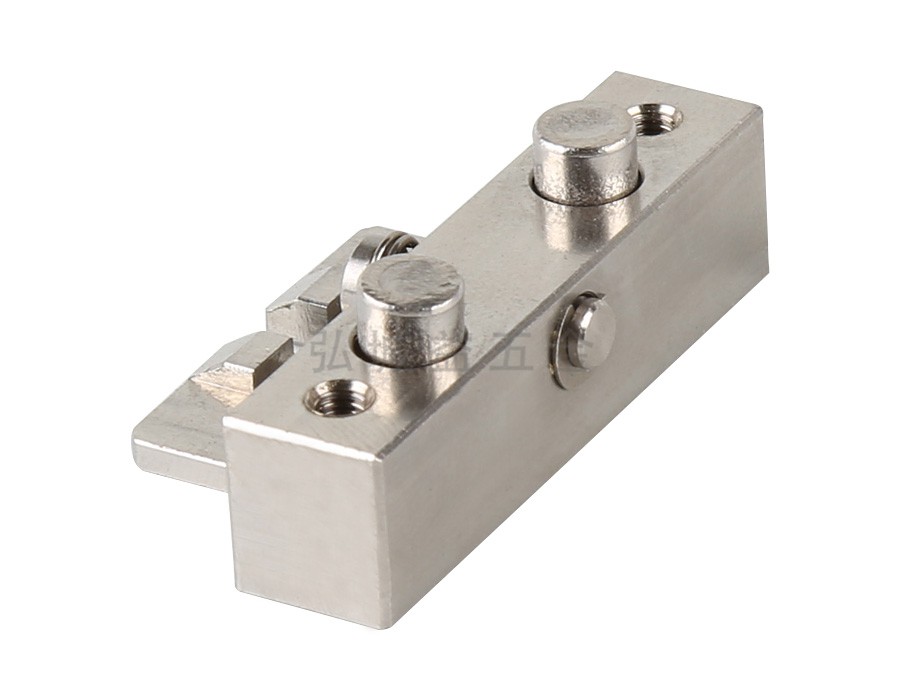
The main method of CNC machining parts on cutting lathes is to use CNC lathes and corresponding tools and fixtures for efficient and high-precision machining. The following are some techniques and knowledge related to CNC machining of parts on cutting lathes:
The selection of cutting tools for CNC machining on cutting lathes is very important. According to the material and shape of the processed parts, suitable tool materials, tool angles, and tool durability should be selected. For rough cutting, tools with high strength and good durability should be selected; For precision turning, tools with high accuracy and good durability should be selected. In addition, in order to reduce tool change time and facilitate tool alignment, machine clamped knives and machine clamped blades should be used as much as possible.
In CNC machining of cutting lathes, cutting speed, feed rate, and cutting depth all directly affect tool damage and machining accuracy of parts. Excessive cutting speed can lead to an increase in tool tip temperature, accelerating mechanical, chemical, and physical wear; Excessive feed rate will cause an increase in cutting temperature and increase tool wear; Although the impact of cutting depth is relatively small, during micro cutting, the material being cut produces a hardened layer, which also affects the tool life. Therefore, it is necessary to make reasonable choices based on the actual situation.
In CNC machining of cutting lathes, the selection of fixtures is also very important. In order to meet the processing needs of parts with different shapes, universal fixtures should be used as much as possible to clamp the workpiece, and special fixtures should be avoided. At the same time, the overlapping of part positioning benchmarks can improve machining accuracy and reduce positioning errors.
When determining the processing route, it should be possible to ensure the machining accuracy and surface roughness requirements.
Overall, CNC machining of parts on cutting lathes requires comprehensive consideration of various factors, including tools, fixtures, cutting parameters, and machining routes. In practical operation, it is necessary to make reasonable choices and adjustments based on specific situations to ensure efficient and high-precision processing.